A varicocele (VAR-ih-koe-seel) is a development of the veins inside of the free sack of skin that holds your testicles (scrotum). A varicocele is like a varicose vein that can happen in your leg.
A varicocele is a scrotal anomaly characterized by prolonged, enlarged and convoluted veins that deplete the testicle. Varicoceles are regular, seen in 15% of the general male populace, and are probably a developmental outcome of men's upright stance. Most varicoceles happen on the left side and the rest of both sides. They are for the most part procured amid pubescence.

A few speculations have been proposed to clarify their event, including ineffectively working valves and expanded imperviousness to blood stream where the varicocele veins channel, making a "dam-like" impact and expanding venous weight. They don't bring about growth and are not life debilitating, but rather are basically an anatomic result of being humanVaricoceles are a typical reason for low sperm generation and diminished sperm quality, which can bring about fruitlessness. On the other hand, not all varicoceles influence sperm creation. Varicoceles can likewise bring about testicles to neglect to grow typically or shrink.
Most varicoceles grow after some time. Luckily, most varicoceles are anything but difficult to analyze and numerous needn't bother with treatment. In the event that a varicocele causes side effects, it regularly can be repaired surgically.
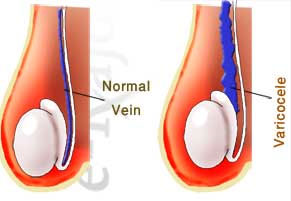
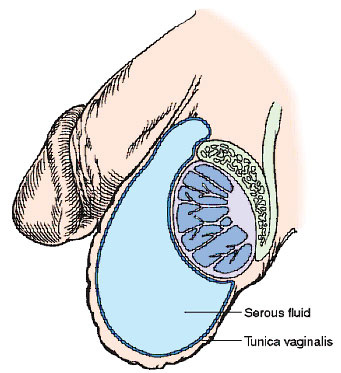
Since a varicocele normally causes no manifestations, it frequently obliges no treatment. Varicoceles may be found amid a fruitfulness assessment or a routine physical exam. Then again, on the off chance that you experience agony or swelling in your scrotum, find a mass on your scrotum, see that your testicles are diverse sizes, or build up a varicocele in your childhood, or you're having issues with richness, contact your specialist. Various conditions can bring about a scrotal mass or testicular torment, some of which require quick treatment.
Torment: Men who experience torment in their testicles—especially when working out, standing or sitting for a drawn out stretch of time—may be experiencing varicoceles.
Commonly, agonizing varicoceles are noticeable in size. On the off chance that left untreated, varicoceles may prompt fruitlessness.
Ripeness issues: There is a relationship in the middle of varicoceles and fruitlessness. Diminished sperm tally, diminished motility of sperm and an increment in the quantity of distorted sperm are identified with varicoceles. A few specialists accept these blocked and broadened veins around the testes cause barrenness by bringing the temperature up in the scrotum and diminishing sperm creation.
Testicular decay: The contracting of the testicles is another indication of varicoceles. Frequently, once the testicle is repaired, it will come back to typical size.
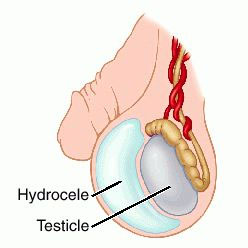
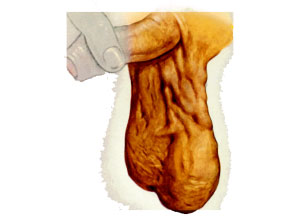
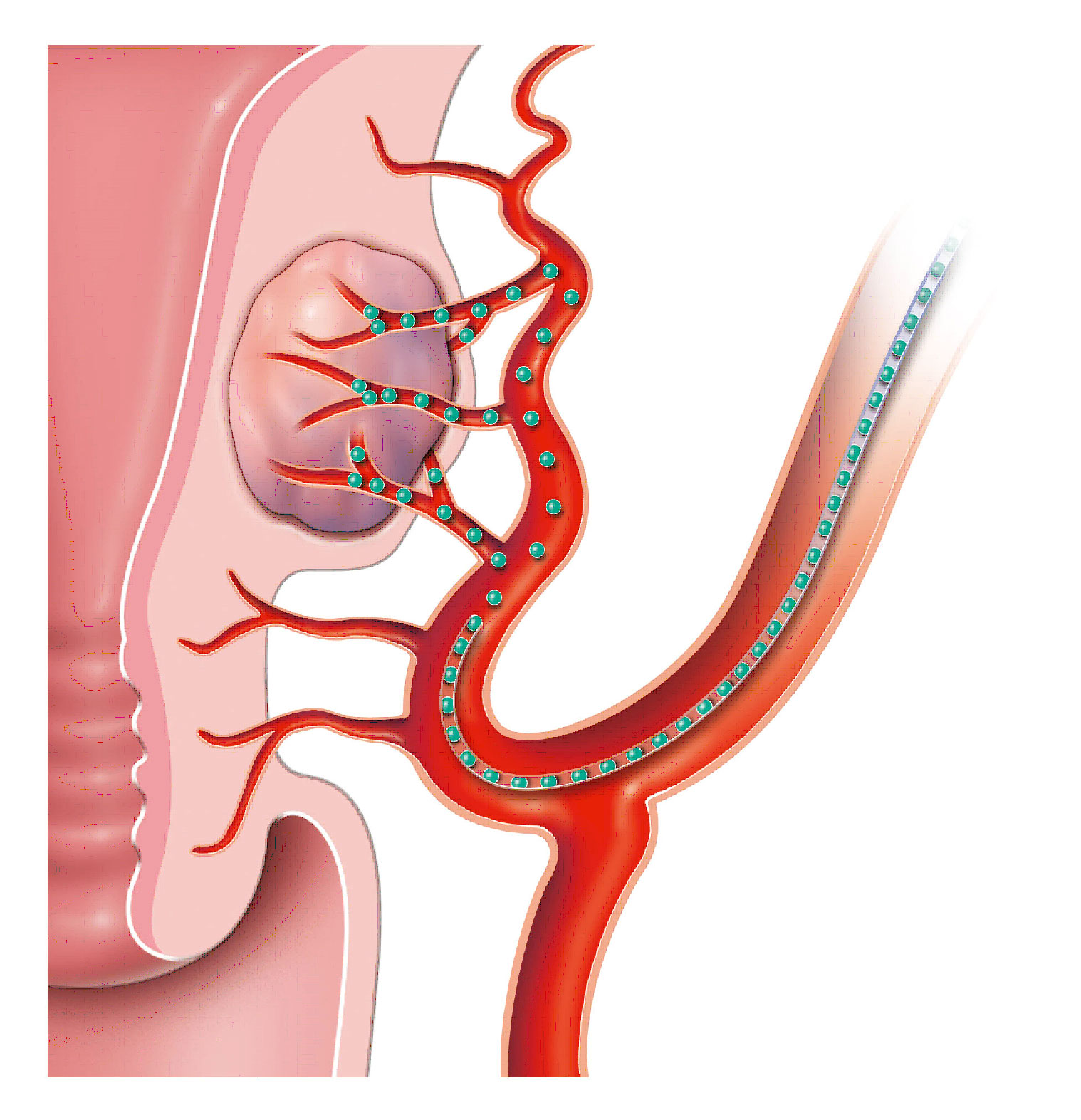
One of the most widely recognized medication is open surgical ligation. In this methodology, which is normally performed by an urologist, an entry point is made in the skin over the scrotum down to the testicular veins, which are tied off with sutures. Many patients are allowed to leave for home on the same day, while some of the patients are told to stay back for observation. Patients of open surgical ligation can expect an a few week recuperation period.
The method is normally performed utilizing general anesthesia A urethral catheter is set to exhaust the bladder, and a Veress needle is set at the umbilicus to blow up the peritoneal depression with carbon dioxide. Then again, hassons procedure can be performed at the mediocre edge of the umbilicus, and the trocar can be put into the peritoneum under direct vision. Three laparoscopic ports are set for varicocelectomy as indicated by baseball field idea.

The intraabdominal vas deferens can be recognized as structure joining the spermatic line over the inner inguinal ring. The gonadal vessels are envisioned effectively in the retroperitoneum. The back peritoneum is extracted with burning, laser, or endoscopic scissors. The gonadal vessels are then activated; in any case, dependably distinguishing the spermatic corridor and its branches is some of the time troublesome through the laparoscope. In this way, numerous specialists want to utilize the laparoscopic Doppler test to encourage identification of the spermatic corridor amid laparoscopic varicocele ligation. The Doppler test is 28.58 cm long and fits through a 5 mm laparoscopic port.